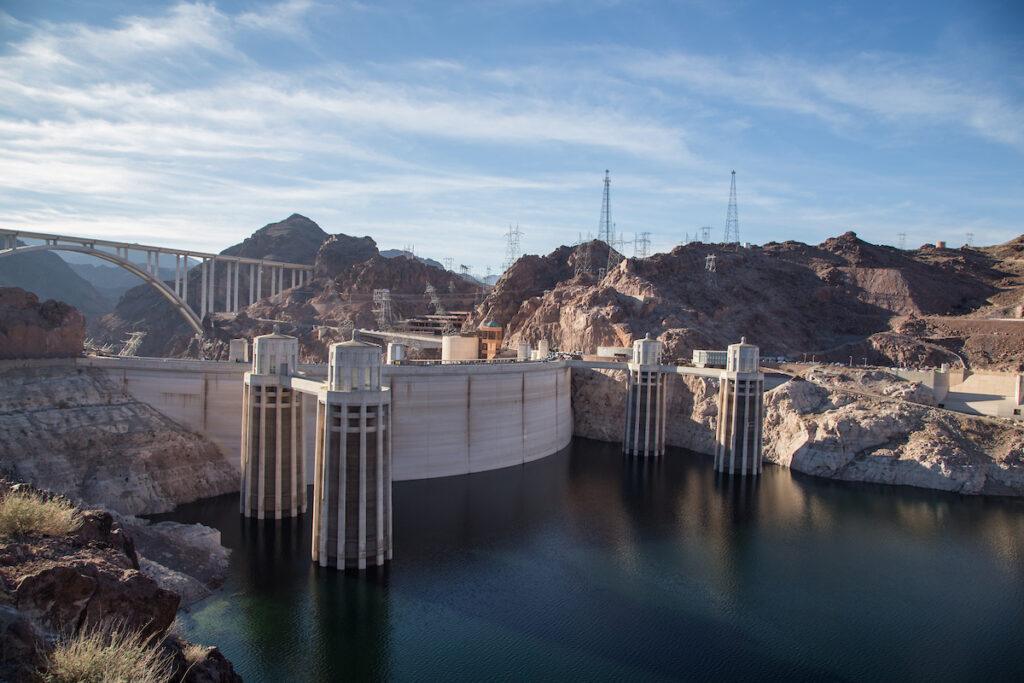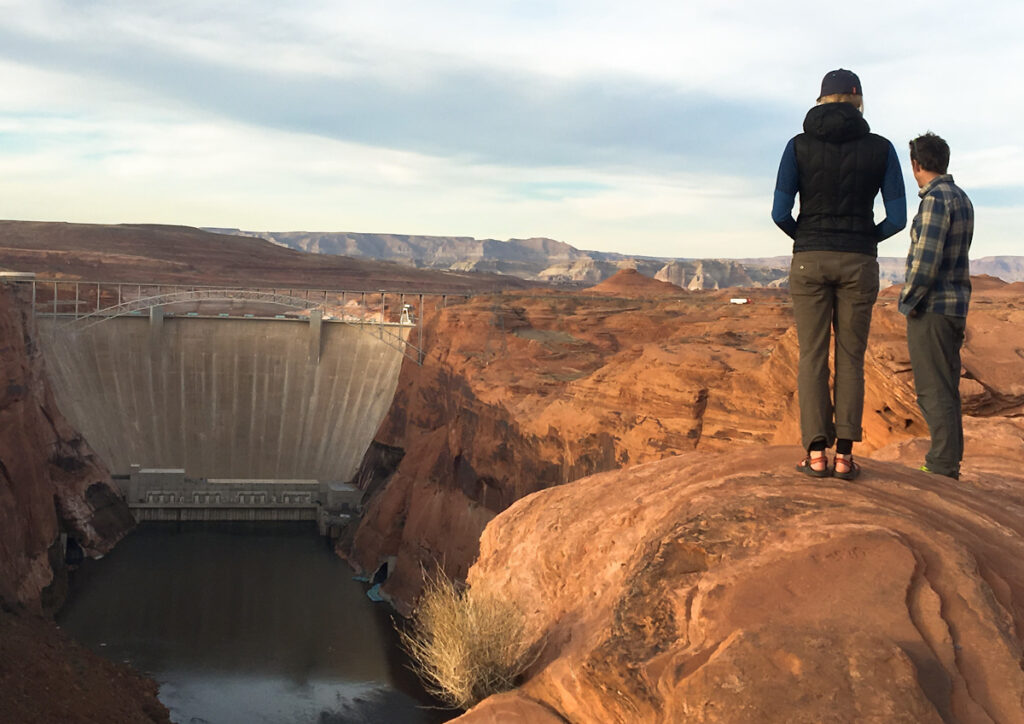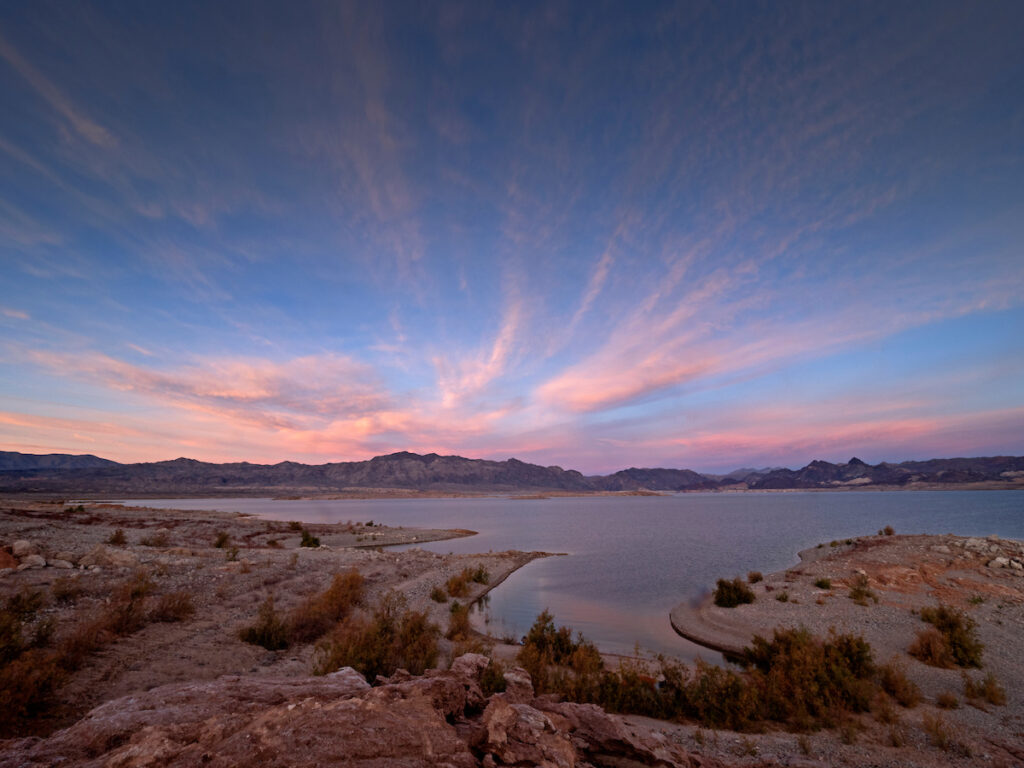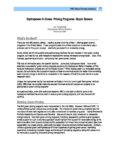Future of the Colorado River – the “Changed River” edition

As we teased in a blog last week, we’re back to continue breaking down the compelling, and quite frankly, sea-changing recent study coming out of the Center for Colorado Rivers Studies at Utah State University. In it, we highlighted key findings from the study’s authors, Kevin Wheeler, Jack Schmidt, Eric Kuhn, Brad Udall and others. If you missed the initial release, you really should take a few minutes to at least read the Executive Summary, as it does a great job illustrating the challenges that the entire Colorado River ecosystem faces in the face of climate change. We also took the opportunity to pivot off of a blog post by John Fleck, author and Director of the Water Resources Department at University of New Mexico, about the same study.
At the end of our post, there was what amounts to a Top 10 List of key takeaways from the Center’s white paper, and a few of them seemed especially relevant to American Rivers body of work in the Colorado Basin, and to how we are thinking about the future of the Colorado River.

We can’t stop thinking about the line, “The Colorado River has been profoundly altered from its highest reaches to its delta,” which is something we all know, but describing it in that way is significant. There can be no argument that there has been major alteration to the river, from the highest headwaters trickling down from Poudre Pass (and the Grand Ditch, built between 1890 and 1936) all the way to the first dam built on the Colorado River, Laguna Dam near Yuma (1903) on to Morelos Dam on the Mexican border. Major impoundments and diversions like Flaming Gorge and Fontenelle on the Green, Granby Dam in the Colorado headwaters, tributary dams like Ruedi on the Frying Pan and the Aspinall Unit on the Gunnison, and yes, Lakes Powell and Mead, whose storage levels drive the vast majority of the policy rules, compacts, and guidelines that manage the river. We also should acknowledge two other aspects of this changed river – that ecosystems like the Grand Canyon, Glen Canyon, Black Canyon, and the San Juan are changed due to these alterations, but also that nearly 40 million people, a 1.4-trillion-dollar economy, and millions of jobs depend on the sum of all of these parts.
Is the system altered? Absolutely. But does that mean it’s dead and that we should not keep doing whatever we can to preserve it? Absolutely not.

The Colorado River system is highly managed, strained, stressed, and challenged, but is also one of the most loved, revered, enjoyed and sacred rivers in the world. Tribal communities whose lands are currently located hundreds of miles from its banks still call the Colorado River sacred. Millions upon millions of visitors, from across the country and around the globe, from all walks of life, gaze onto it’s waters every year. Tens of thousands of people raft, fish, swim, kayak, and yes, drink, it’s flowing bounty. It preserves life in so many ways, but the most prominent way is in our hearts. The Colorado River is one of us, and we are it.
In part, that is why the statement from the white paper was so striking. Even if you are not a dedicated river conservationist, you know that the Colorado River has been providing so much, for so long. Now with the onset of a warming climate, even the baseline amount of water the river carries is declining – and will decline over the next 30 years. Our laws and policies around the river were built on a totally different climate, with a totally different set of pressures, and demands, than what we have today.
The science matters, and teasing out the detail, as well as the topline implications from this report will take time, and it will catalyze critical debate, and demand hard choices. American Rivers, our partners, and our team here in the Colorado Basin is ready, and enthusiastic, about confronting and helping to solve the challenges facing the Colorado River. But we can’t solve these challenges alone. Ultimately, we need everyone who relies upon, and who loves the Colorado River on board. Hopefully you are too!
Next week, we will be teasing out more from the report around how climate change is causing flow declines and that additional declines even more likely to occur looking forward. Stay tuned!

The post Future of the Colorado River – the “Changed River” edition appeared first on American Rivers.


